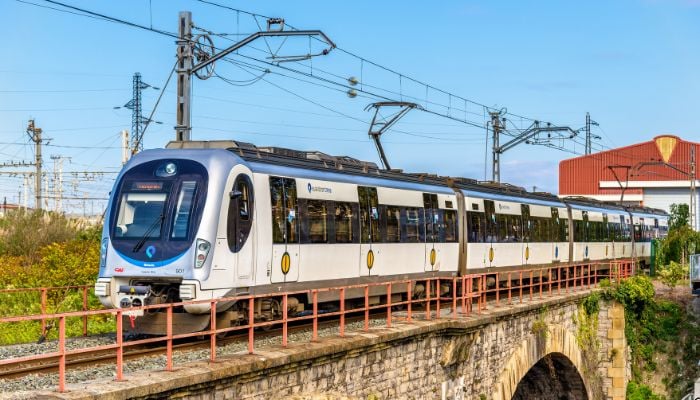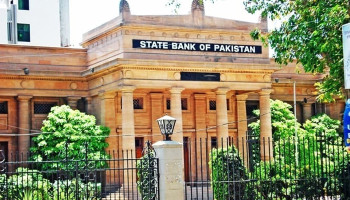
Saudi Arabia is set to announce the first phase of the Riyadh Metro, the world’s longest driverless metro system, on Wednesday, November 27.
Designed as a highly technological metro, the line is part of Vision 2030, which would be adopted by the country to modernize its infrastructure, reduce car usage, and make Riyadh a global trade and business hub.
Riyadh Metro's initial phase
In its first phase, it would function on three of its six planned lines: joining important roads among which Al Orouba with Batha, King Khalid International Airport Road, and Abdulrahman Bin Auf Street with Sheikh Hassan Bin Hussein Street.
By mid-December, the remaining lines would open, linking areas like King Abdullah Road, Al Madina, and King Abdulaziz Road.
The $22.5 billion project, approved in 2012, faced delays due to logistical challenges and the COVID-19 pandemic.
But the launch is a big step forward in changing public transport in Riyadh. Once fully operational, Riyadh Metro would ease much of the city's infamous traffic congestion. Moreover, it is supposed to reduce dependency on car usage.
Sustainability is at the core of metro design, with a plan to install solar panels at stations that would generate 20% of the energy needed for all its essential systems and save electricity. All six lines of the metro would be completely run on renewable energies.
Authorities would soon announce the ticket prices and special discount packages for this marvellous project. This high-tech development stands at the top of Saudi Arabia's strategy to encourage smart cities, sustainable transport, and better living standards.
















